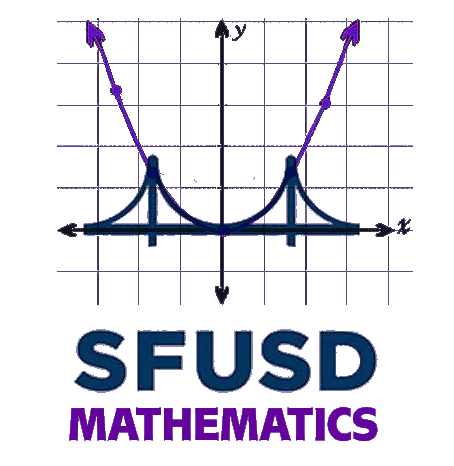
Overview
In third grade, students in SFUSD engage in 50-60 minutes of daily math instruction. Math instruction supports students in building agency and supports their identities as mathematicians. Math lessons provide both concrete and conceptual understanding for students by giving them opportunities to deepen their understanding of concepts through play and exploration. By the end of the year, Grade 3 students fluently multiply and divide single-digit products and quotients by memory, and can add and subtract within 1,000.
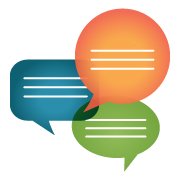
During math instruction, students are engaged in a number of instructional contexts and routines: math talks and counting routines. Math talks feature flexibility with numbers and developing an understanding of the base 10 system, and developing strategies such as finding patterns in a multiplication chart or flexibly adding and subtracting series of similar numbers and looking for patterns. In addition, engaging in collaborative tasks and games will result in joyful math learners.
Overview Link to this section
|
Mathematics* |
50 mins every day |
|---|---|
|
Counting & Daily Routines |
10 mins every day. May or may not be connected to the lesson |
|
Math Talk |
10-15 mins, 3-5 days per week. May or may not be connected to the lesson |
|
Lesson |
20 mins every day |
|
Learning Stations |
10-20 mins, 3-5 days per week. May or may not be connected to the lesson |
*The components listed may be taught at different times of the day (i.e. Extend your Morning Meeting to include Counting and Daily routines in the form of daily calendar).
Priority Standards Link to this section
What students will know, what students will do, and what thinking skills students will develop to apply and transfer mathematical understandings that endure within the discipline, leverage deeper understandings, and/or support readiness for success at the next grade level.
In Third Grade focus on these critical areas:
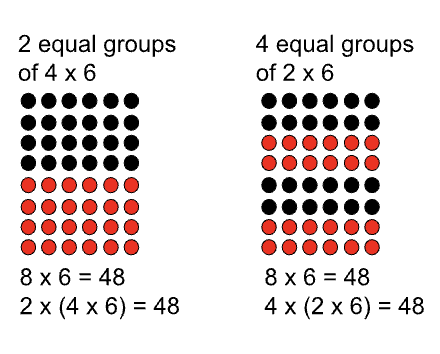
Developing Understanding of Multiplication and Division & Strategies for Multiplication and Division within 100
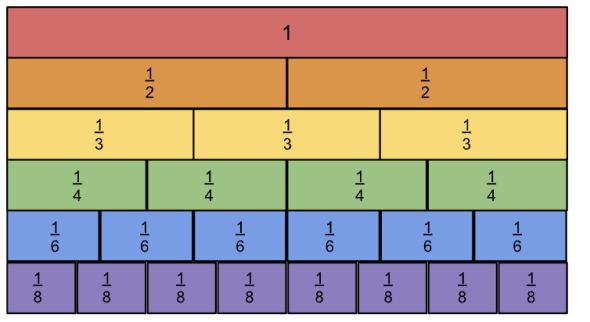
Developing Understanding of Fractions, Especially Unit Fractions (fractions with a numerator of 1)
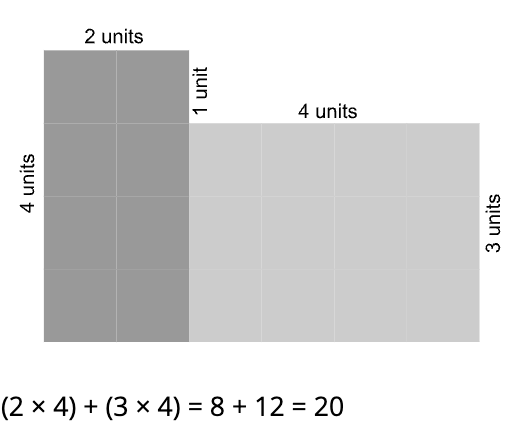
Developing Understanding of The Structure of Rectangular Arrays & of Area
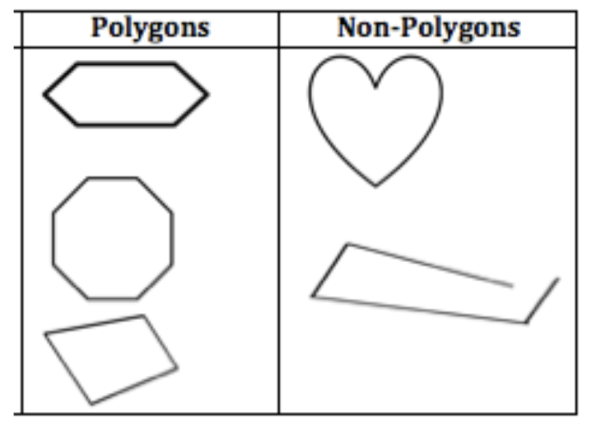
Describing & Analyzing Two-Dimensional Shapes
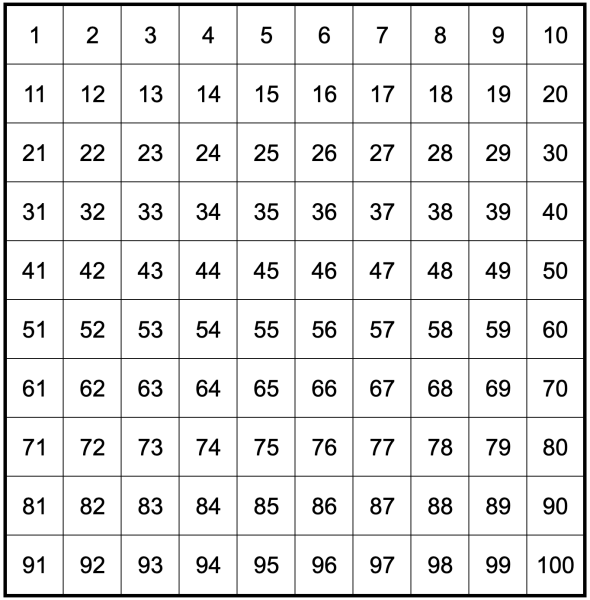
Building Fluency
The 3rd-grade fluency requirements are single-digit products/quotients memorized by the end of 3rd grade and adding/subtracting within 1,000.
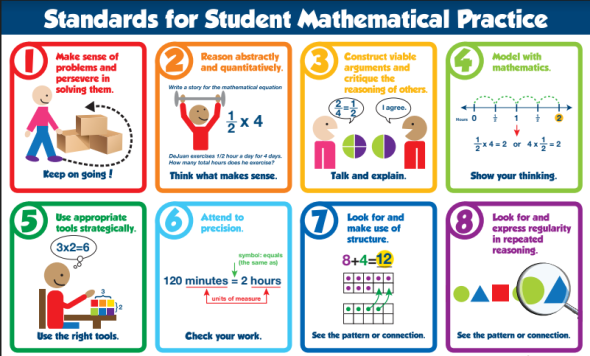
Behaviors of Mathematicians
- Make sense of problems and persevere in solving them
- Reason abstractly and quantitatively
- Construct viable arguments and critique the reasoning of others
- Model with mathematics
- Use appropriate tools strategically
- Attend to precision
- Look for and make use of structure
- Look for and express regularity in repeated reasoning
Instruction: Signature Elements Link to this section
Below are signature elements of SFUSD Math instruction that students should experience regularly throughout Third Grade as they develop as mathematicians.
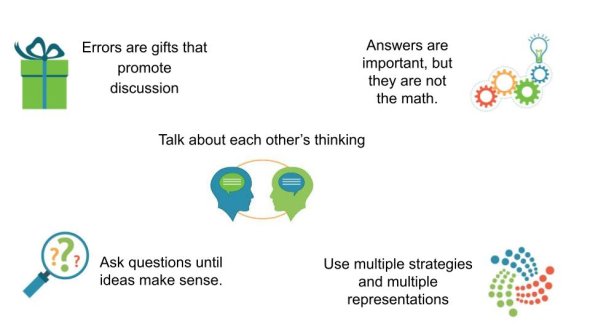
Math Norms
Class norms help students, and give them opportunities to be accountable to the community and to act on the prosocial values of responsibility, respect, fairness, caring, and helpfulness. They support equitable participation, engagement with the practices of doing math, and the establishment of a positive classroom climate. Establish class norms at the beginning of the school year and continue to reinforce them every day.
Math Talks
Math Talks are teacher-led, student-centered techniques for building math thinking and academic discourse. They allow for multiple entry points and encourage students to value the thinking of others so that they can build a better understanding of their own thinking. Math Talks support students in developing their mental math skills.
Three Read Protocol
The Three Read Protocol is one way to do a close read of a complex math word problem or task. This strategy includes reading a math scenario three times with a different goal each time. The first read is to understand the context. The second read is to understand the mathematics. The third read is to elicit inquiry questions based on the scenario.

Groupwork Feedback
Groupwork feedback is a strategy to publicly recognize the class norms and math focus of students as they work in groups. Groupwork is loosely defined to include partners, trios, or larger group sizes. The teacher takes public notes about the quality of the group work and the quality of the mathematical discussions. This feedback should focus on the specific nature of group work interactions as well as target mathematics of the lesson rather than general positive reinforcement.
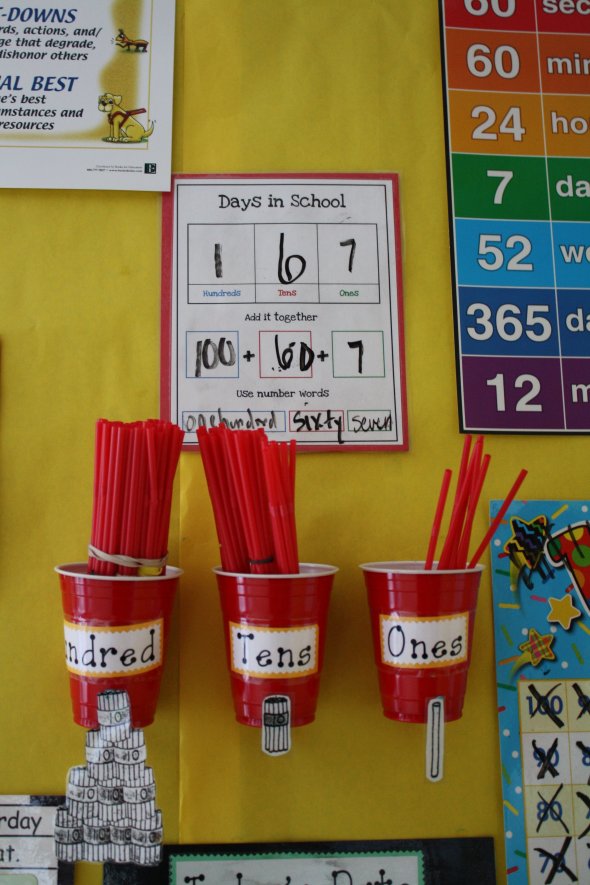
Routines
Daily routines are the cornerstone of the mathematics curriculum in the early primary grades. This structure provides opportunities for deeper learning that requires students to continuously revisit potentially abstract concepts in a concrete context. Although the basic routine structures will stay the same throughout the year, the complexity and focus will change and develop over time.

Set up strong daily routines at the beginning of the year. These routines can be part of your formal math block or during a separate time of the day and should last 10–15 minutes. Certain routines can be incorporated into transitional periods (as an example: when lining-up students can practice a counting routine. NOTE: Counting routines can be used kindergarten through 5th grade). Depending on the particular focus, each routine should be done daily, weekly, or monthly.
Materials
Below are items you should have to support your students' Math instruction. If you are missing anything from the list, please first contact your site administrator or designated support. If they are unable to resolve the issue promptly, please contact your site’s liaison from the C&I Math Department.
SFUSD Math Student Classwork and Homework booklets are centrally printed and provided by the SFUSD Math Department; the booklets are printed in English, Spanish, and Chinese. Here are PDFs for 3rd Grade Student Pages
Full Math Manipulative List 19-20.pdf Manipulatives have already been provided to each site and should remain with the classroom.
Units
Unit Design
SFUSD units are designed around four tasks. These tasks offer all students opportunities to engage in meaningful and rigorous mathematics that allow for the development of the Standards for Mathematical Practice. They give information about how students are learning the core concepts and skills of the unit.
All tasks are used for formative assessment—gathering information about what students know and are able to do—but they are not tests. The Entry, Apprentice, and Expert Tasks allow for student collaboration and individual accountability without being graded based on an expectation of mastery. The Milestone Task can be used as an individual assessment for grading students.
 |
|---|
- Entry Task: What do you already know?
- Apprentice Task: What sense are you making of what you are learning?
- Expert Task: How can you apply what you have learned so far to a new situation?
- Milestone Task: Did you learn what was expected of you from this unit?
Units
3rd Grade Math Portal
3-5 Combined Grade Portal
| Unit | Description | Orientation | |
|---|---|---|---|
| The first week of school is focused on setting up the classroom culture for the year and developing routines that support the Standards for Mathematical Practice. Teachers will get to know their students and students will get to know themselves as math learners. | |||
| The base-10 numeration system organizes numbers according to their values. Patterns derived from the base-10 system and properties of operations can be used to flexibly compute. | Unit 3.1 Orientation | ||
| Time is a linear measurement that can be expressed using different units that are related to each other. The duration of an event is called elapsed time and can be measured in different-sized intervals. | Unit 3.2 Orientation | ||
| Real-world problems involving equal groups, arrays, and measurement quantities can be solved using multiplication. | Unit 3.3 Orientation | ||
| Two-dimensional objects can be described, classified, and analyzed by their attributes. | Unit 3.4 Orientation | ||
| Relationships between numbers in multiplication can be described using arithmetic patterns and interpreted and expressed in multiple ways by applying properties of operations and mathematical strategies. | Unit 3.5 Orientation | ||
| The properties of operations and place value understanding can be used to multiply two-digit numbers. | Unit 3.6 Orientation | ||
| Numbers of objects or measurements can be divided by partitioning them into equal shares (partitive) and by grouping them into groups of a known size (quotative). Multiplication and division are inverse operations that can be used to solve problems involving equal groups, arrays, and area measurements. | Unit 3.7 Orientation | ||
| Fractions are numbers that describe the division of a whole into equal parts. Unit fractions are the building blocks of all fractions. | Unit 3.8 Orientation | ||
| Area and perimeter are attributes of plane figures (two-dimensional objects). Area is measured using square units while perimeter is linear. | Unit 3.9 Orientation | ||
| Data can be collected and represented through picture graphs, bar graphs, and line plots for the purpose of analyzing information in the world. | Unit 3.10 Orientation | ||
| Volume and mass are attributes of objects that can be estimated and measured using appropriate standard units. | Unit 3.11 Orientation | ||
| Real-world problems involving joining equal groups, separating equal groups, comparison, or a mixture of these problem types can be solved using a combination of operations and can be represented using equations with letters for unknown quantities. Visual models can be used to interpret and represent these problems. | Unit 3.12 Orientation |
Lesson Structure and Core Math
|
LAUNCH |
The launch of a lesson or task is a brief hook that might relate to previous learning, establish an inquiry question, or connect to real-world situations or interests. It will also support students to understand what is being asked of them, which may include guidance on the use of materials such as manipulatives. |
|
Key Questions How can you connect to students' interests/lives (hook)? |
|
|
EXPLORE |
During the explore part of a lesson or task, students carry the cognitive load. They are experimenting together with number and shape to develop, deepen, or secure their mathematical understandings. They represent their thinking with numbers, pictures, words, and visual representations such as ten frames or number lines. They are talking throughout this part of the lesson, and building on each other’s ideas and questions. The explore often includes a math game. |
|
Key Questions What are students doing? What work do you want to highlight? What does their work show about what they understand? What language are the students using to describe their work? |
|
|
SUMMARIZE |
During the summarize part of a lesson or task, the teacher facilitates a conversation where students share what they have learned related to the core math. They notice and name similarities, differences, or connections across several different pieces of math work. A summary often, but not always, includes routines for consolidation of learning, such as a gallery walk or individual reflection in a notebook. |
|
Key Questions How will you sequence the work to elicit peer-to-peer academic discourse? What questions or prompts might you use? How will you connect different pieces of work to each other? How will you connect the work to the core math? |
Planning Guide
This calendar is intended as an instructional guide to help with year-long planning. There is no expectation that you teach a particular lesson on a particular day. Each unit is set within a “window” of time that gives you some flexibility.
Reflection Questions Link to this section
- How are students' developmental needs, communities, and experiences being reflected and honored, or how could they be?
- What opportunities do you see for developing equitable access & demand, inquiry, collaboration, and assessment for learning?
- What are the implications for your own practice? What strengths can you build upon? What will you do first?
Want More?
Standards
More Resources
- The SFUSD Math Core Curriculum Third Grade Overview includes the priority standards, the scope and sequence of units and standards, the unit design, class norms, key instructional strategies, and icons used throughout the curriculum to support planning.
- Assessment resources (in addition to the embedded formative assessment in the Core Curriculum)
Contact the Math Team:
This page was last updated on May 18, 2023

